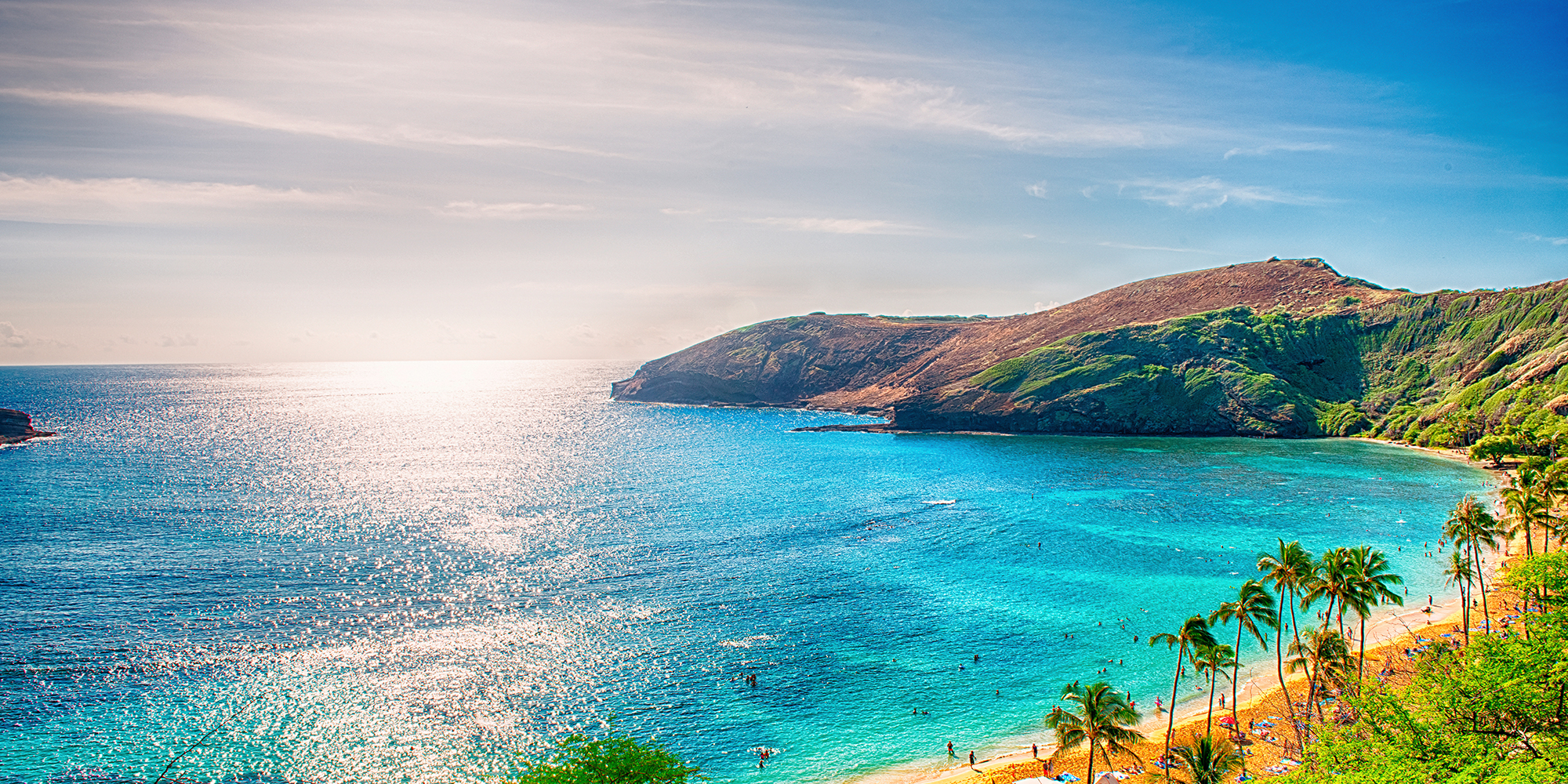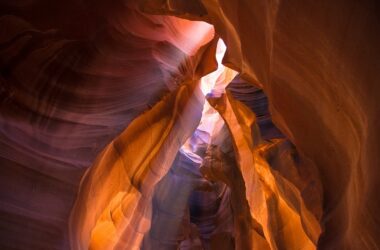RVing in Alaska is a unique and breathtaking experience. The state offers unparalleled natural beauty, with its rugged mountains, vast glaciers, and pristine forests. Traveling through Alaska by RV allows visitors to explore the state’s many wonders at their own pace, without sacrificing the comforts of home. In this article, we’ll cover everything you need to know about RVing in Alaska, from planning your trip to the best routes and attractions.
Planning Your Trip
Planning a successful RV trip to Alaska requires some preparation. The first step is to decide on your travel dates. The best time to visit Alaska is during the summer months, from May to September when the weather is mild and the days are long. Keep in mind that summer is also peak tourist season, so be sure to book your campsite and RV rental well in advance.
Next, consider your route. There are several options for RVing in Alaska, including the Alaska Highway, the Dalton Highway, and the Glenn Highway. Each route offers its own unique attractions and challenges, so it’s important to research your options and choose the one that best suits your interests and abilities.
Another important consideration when planning an RV trip to Alaska is your budget. RVing can be a cost-effective way to travel, but it’s important to factor in expenses like gas, campsites, and food. Consider purchasing an Alaska TourSaver coupon book, which offers discounts on many attractions and activities throughout the state.
RV Rental and Camping
Renting an RV is a popular option for visitors to Alaska, and there are many rental companies to choose from. When selecting an RV, consider the size and amenities you’ll need for your trip. Some RVs come equipped with kitchenettes, bathrooms, and even satellite TV, while others offer more basic accommodations.
Camping is a great way to experience Alaska’s natural beauty up close. There are many campgrounds throughout the state, including state parks, national parks, and private campsites. Be sure to research the amenities and facilities available at each site, as well as any reservation requirements or fees.
Driving in Alaska
Driving an RV in Alaska requires some extra caution and preparation. The state’s roads can be narrow and winding, and weather conditions can be unpredictable. Before setting out on your trip, make sure your RV is in good working order and fully stocked with supplies like water, food, and emergency equipment.
When driving in Alaska, be aware of wildlife on the road, especially at dawn and dusk. Moose and caribou are common sights along the highways, and collisions with these animals can be dangerous. Also, be prepared for long stretches of road with no gas stations or services, and plan accordingly.
Attractions and Activities
One of the best things about RVing in Alaska is the abundance of natural attractions and activities. Here are just a few of the many must-see destinations and experiences:
- Denali National Park: Home to North America’s highest peak, Denali National Park is a must-visit for any RV trip to Alaska. The park offers breathtaking views of the Alaska Range, as well as opportunities for hiking, wildlife viewing, and camping.
- Kenai Fjords National Park: Located on the Kenai Peninsula, this national park offers stunning views of glaciers, fjords, and marine wildlife. Visitors can take boat tours or kayak through the park’s many waterways.
- The Alaska Highway: This historic highway stretches from Dawson Creek, British Columbia, to Delta Junction, Alaska, offering stunning views of the Yukon and Alaska wilderness.
- The Dalton Highway: Also known as the “Haul Road,” this highway runs from Fairbanks to the Arctic Ocean, passing through some of Alaska’s most remote and rugged terrain.
- Whale Watching: Several towns along Alaska’s coast offer whale watching tours, where visitors can spot humpback and killer whales in their natural habitat.
- Northern Lights: Alaska is one of the best places in the world to view the Northern Lights, also known as the Aurora Borealis. The best time to see the lights is during the winter months, from November to March.
- Fishing: Alaska is famous for its fishing opportunities, with salmon, halibut, and trout among the most popular catches. Many campgrounds and RV parks offer fishing access, or visitors can book guided fishing tours.
- Glacier Viewing: Alaska is home to over 100,000 glaciers, offering stunning views and opportunities for glacier hiking and ice climbing. Popular glacier destinations include Glacier Bay National Park and the Mendenhall Glacier near Juneau.
- Cultural Attractions: Alaska is also rich in cultural attractions, including native villages and museums that showcase the state’s history and traditions. The Alaska Native Heritage Center in Anchorage is a great place to learn about Alaska’s indigenous cultures.
Tips for RVing in Alaska
RVing in Alaska requires some extra preparation and caution, but with a little planning, it can be a memorable and rewarding experience. Here are some tips to help make your trip a success:
- Pack for the Weather: Alaska’s weather can be unpredictable, so be sure to pack warm layers, rain gear, and sturdy shoes.
- Plan Your Route: Research your route carefully, and be prepared for long stretches of road with limited services.
- Drive Safely: Take extra caution when driving an RV in Alaska, and be aware of wildlife on the road.
- Make Reservations: Campsites and RV parks can fill up quickly, especially during peak season, so be sure to make reservations in advance.
- Embrace the Adventure: RVing in Alaska is a unique and adventurous experience, so embrace the challenges and enjoy the journey.
Conclusion
RVing in Alaska is a once-in-a-lifetime experience that offers unparalleled natural beauty and adventure. With some careful planning and preparation, visitors can explore the state’s many wonders at their own pace, while enjoying the comforts of home on the road. From national parks and glaciers to whale watching and cultural attractions, Alaska has something for every type of traveler. So pack your bags, hit the road, and get ready for an unforgettable adventure in the Last Frontier.
similar Articles
Frequently Asked Questions About RVing in Alaska
- What is the best time of year to RV in Alaska?
The best time to RV in Alaska is during the summer months, from May to September. This is when the weather is the warmest and the days are the longest, allowing visitors to make the most of their trip.
- What kind of RV should I rent for a trip to Alaska?
For a trip to Alaska, it is recommended to rent a Class C or Class A motorhome, as they provide more space and amenities for longer trips. However, smaller RVs and trailers are also popular and can be easier to maneuver on some of the state’s narrower roads.
- Do I need a special license to drive an RV in Alaska?
No, a special license is not required to drive an RV in Alaska. However, visitors should have a valid driver’s license and be comfortable driving a larger vehicle.
- What are the road conditions like in Alaska?
Alaska’s roads can be challenging, with long stretches of gravel and dirt roads and unpredictable weather conditions. Visitors should be prepared for narrow roads, steep grades, and wildlife on the road.
- Are there any restrictions on camping in Alaska?
Camping is allowed in many areas of Alaska, including state parks and national forests. However, visitors should be aware of any restrictions or permit requirements for camping in certain areas.
- Can I see wildlife while RVing in Alaska?
Yes, Alaska is home to a wide variety of wildlife, including bears, moose, caribou, and eagles. Visitors should take precautions to ensure their safety and respect the animals’ natural habitat.
- What are some of the best RV parks and campgrounds in Alaska?
Some of the best RV parks and campgrounds in Alaska include the Denali RV Park and Motel, the Golden Nugget RV Park in Anchorage, and the Spruce Meadow RV Park in Seward.
- How much does it cost to RV in Alaska?
The cost of RVing in Alaska can vary depending on factors such as the type of RV rented, the length of the trip, and the cost of fuel and campsites. On average, visitors can expect to spend around $200-$300 per day for an RV rental and camping fees.
- Can I drive my RV on the Alaska Highway?
Yes, visitors can drive their RVs on the Alaska Highway, which connects British Columbia in Canada to Alaska. However, visitors should be prepared for challenging road conditions, including narrow roads and steep grades.
- What are some of the must-see attractions for RVers in Alaska?
Some of the must-see attractions for RVers in Alaska include Denali National Park, Glacier Bay National Park, the Kenai Fjords National Park, and the Alaska Native Heritage Center.









